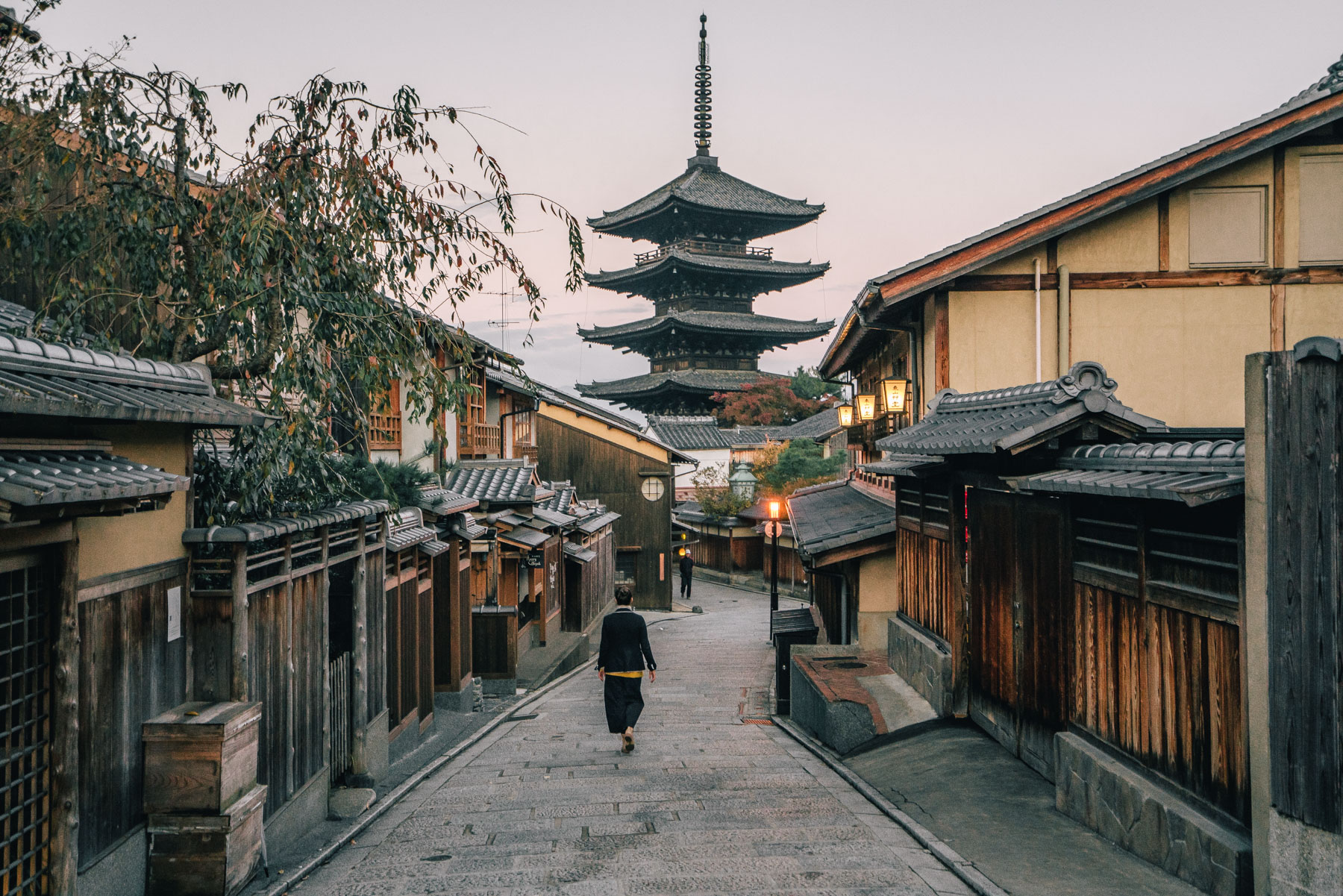
Post Overview: 10 Days in Japan Itinerary + Guide
Can we take a second to acknowledge how quickly time flies? I did a little double take this morning when realizing I returned from Japan over a month ago. What in the world?
Minor meltdown aside, I finally drafted this complete guide to Japan to 10 days in Japan (with an expense report) in the hopes of helping prospective visitors.
Spoiler alert: You will (probably) fall in love Japan!
Japan is truly as study in contrasts. From world-class gastronomy to breathtaking temples and historic villages, the country is irresistible.
I was genuinely taken aback by the diversity of Japan — From Tokyo’s bright lights to Kyoto’s historic bones. But don’t just take my word for it, here’s a quick video re-cap of our trip!
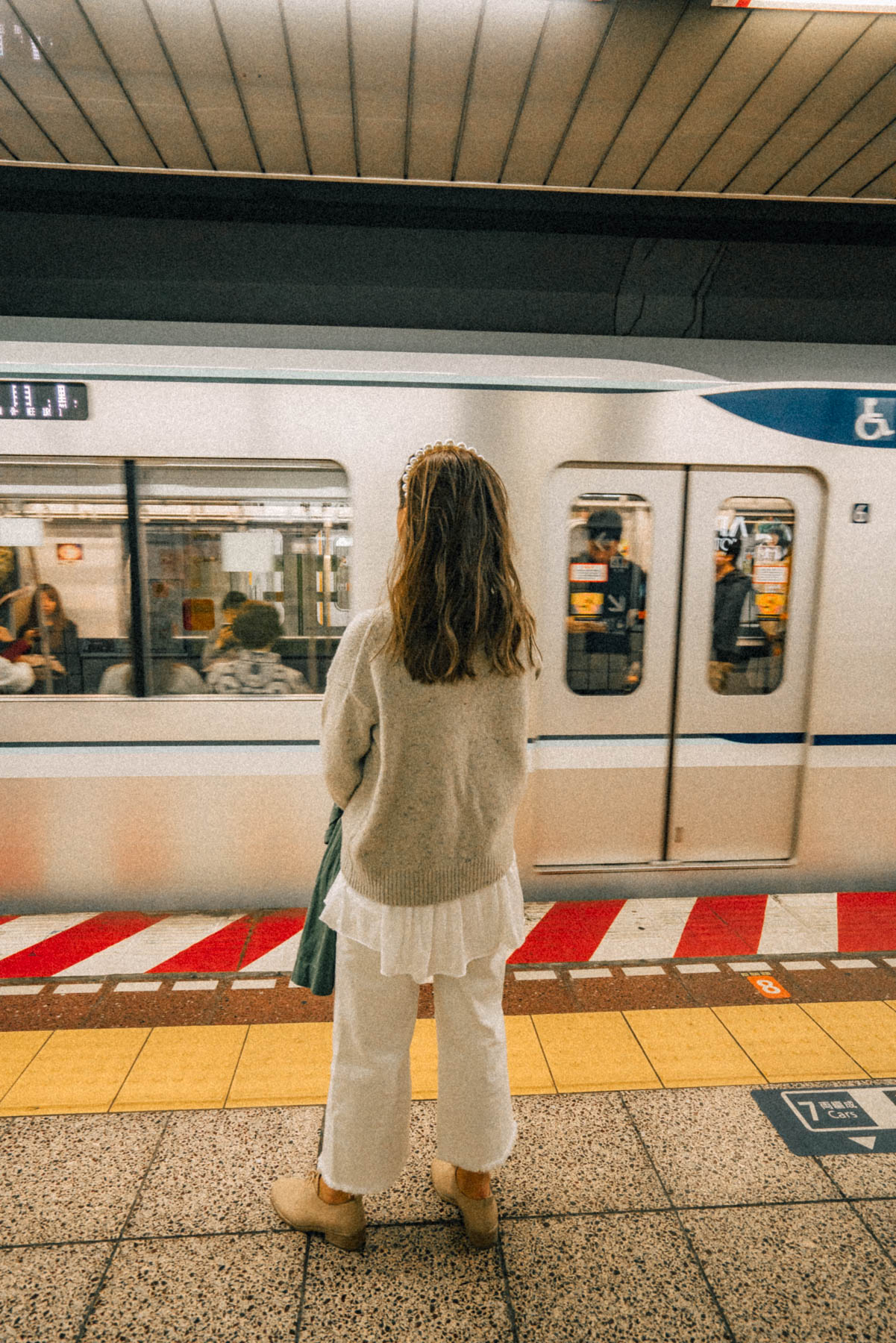
Who is this 10 Days in Japan Itinerary for?
- This guide was crafted with first time visitors in mind. Make no mistake, Japan is quite different from the US. As such, there’s several things worth knowing in advance. In this guide, I cover all the essentials for first time visitors, including a quick itinerary and expense report.
- The 10 day Japan itinerary will cover the cities of Tokyo, Kyoto and Osaka.
For a complete list of things to know before your first visit, read:
An American’s Guide to Japan: 20 Things to Know for First Time Visitors
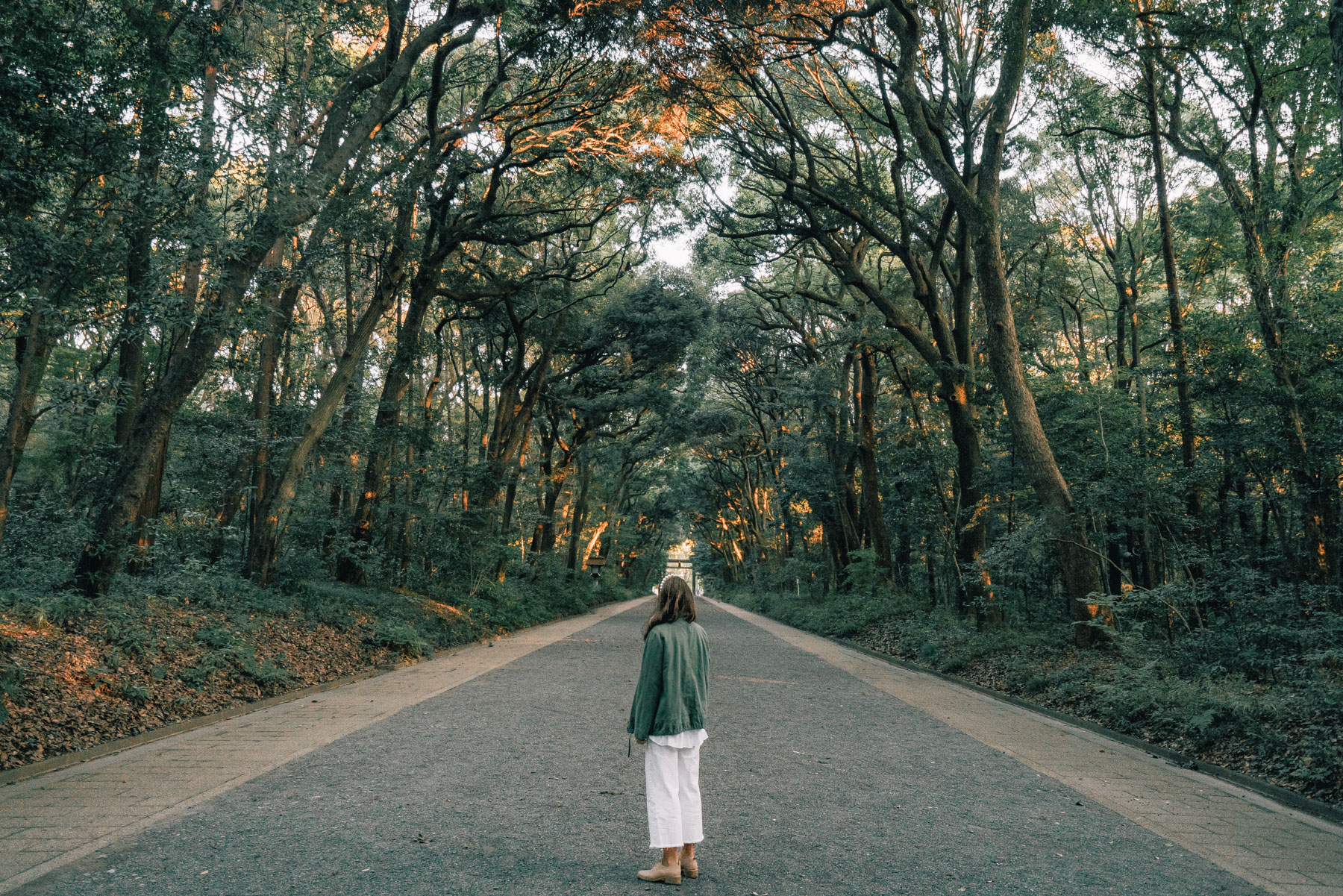
Best time to visit Japan
There are two peak tourist seasons in Japan. These are the best times to visit because the skies are clear, chances of rainfall are minimal, and temperatures are comfortable.
- Sakura (cherry blossom season) occurs mid-March to early May
- Koyo (fall foliage season) occurs early November to early December
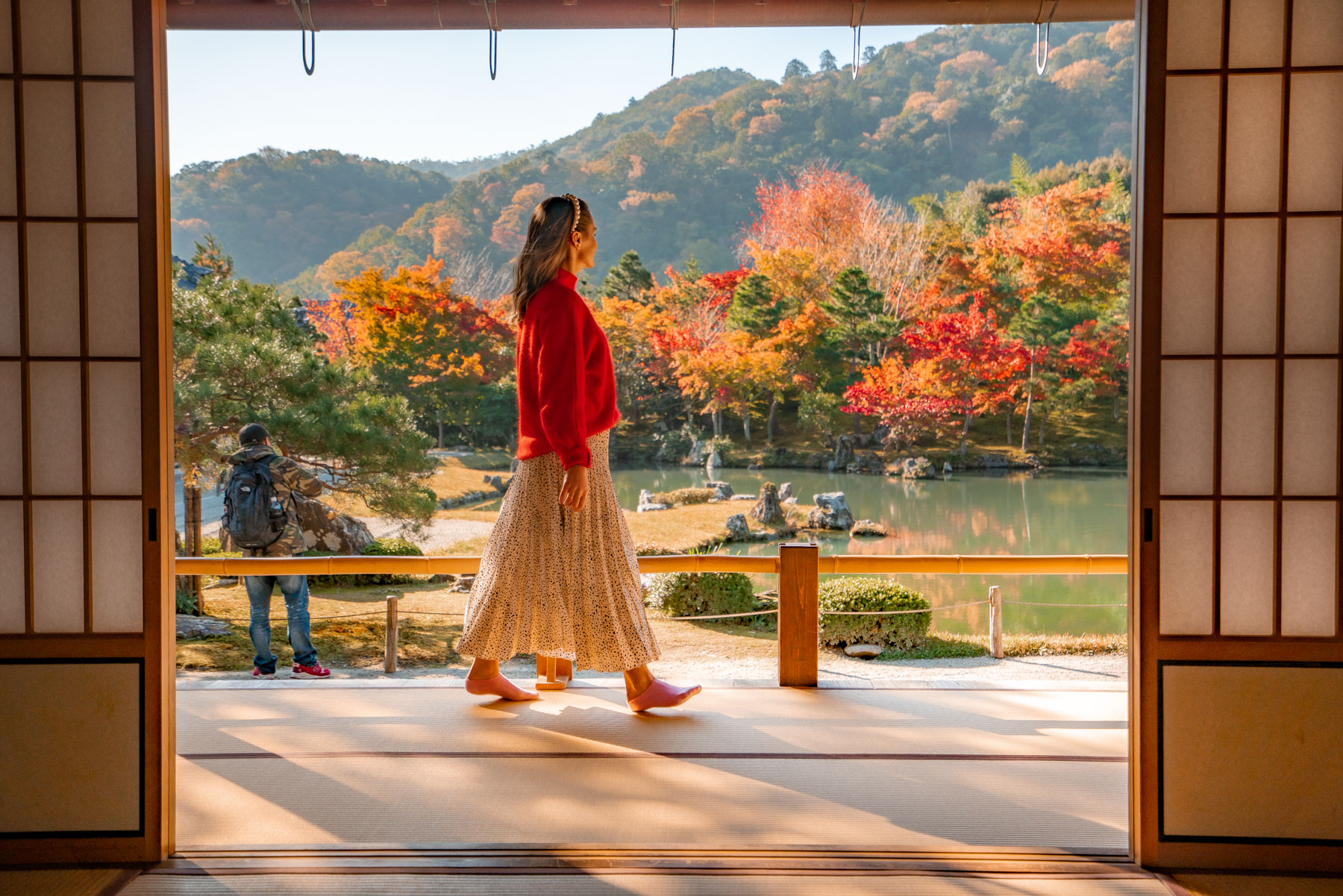
Visiting Japan? (Tips for First Time Visitors)
If you plan to purchase the Japan Rail Pass, make sure to do so in advance.
- The reason? Once purchased, a certificate gets mailed to your home only to be activated at the airport upon arrival. We did the math and the Japan Rail Pass made sense to purchase during our 9 days in Japan. The pass cost $288 per person and allowed unlimited access to JR trains for 7 days. We will be discussing the details in length further below.
Don’t rely solely on your credit card, especially outside of Tokyo.
- A ton of restaurants are still cash-only so always carry yen with you. In fact, at one of the restaurants we were unaware they were cash only and barely had enough to cover the bill. The couple next to us had to run to the ATM.
ATMS are easy to come by because they are located in 7/11 and Lawson convenience stores – most of which are open 24/7.
- We had to use the ATM machines on two occasions and the fee was nominal ($2 for $200, and $1 for $100 transaction).
- Probably goes without saying, but just in case – make sure to call your credit card company before leaving for your trip. Nothing worse than your card locking up overseas. Tip: We brought our Visa and American Express. The American Express was not always accepted, but we had no problem with the Visa.
teamLab Borderless is a very popular and interesting attraction, order tickets in advance.
- This digital museums is a must see while visiting Tokyo. Tickets sell out quickly, especially during peak tourist season. Also, the museum open at 10am, but we arrived at 9:40 and were allowed in early. We left the museum around 11 and the line to enter was unbelievably long. Go as early as possible to avoid lines/crowds for a better experience.
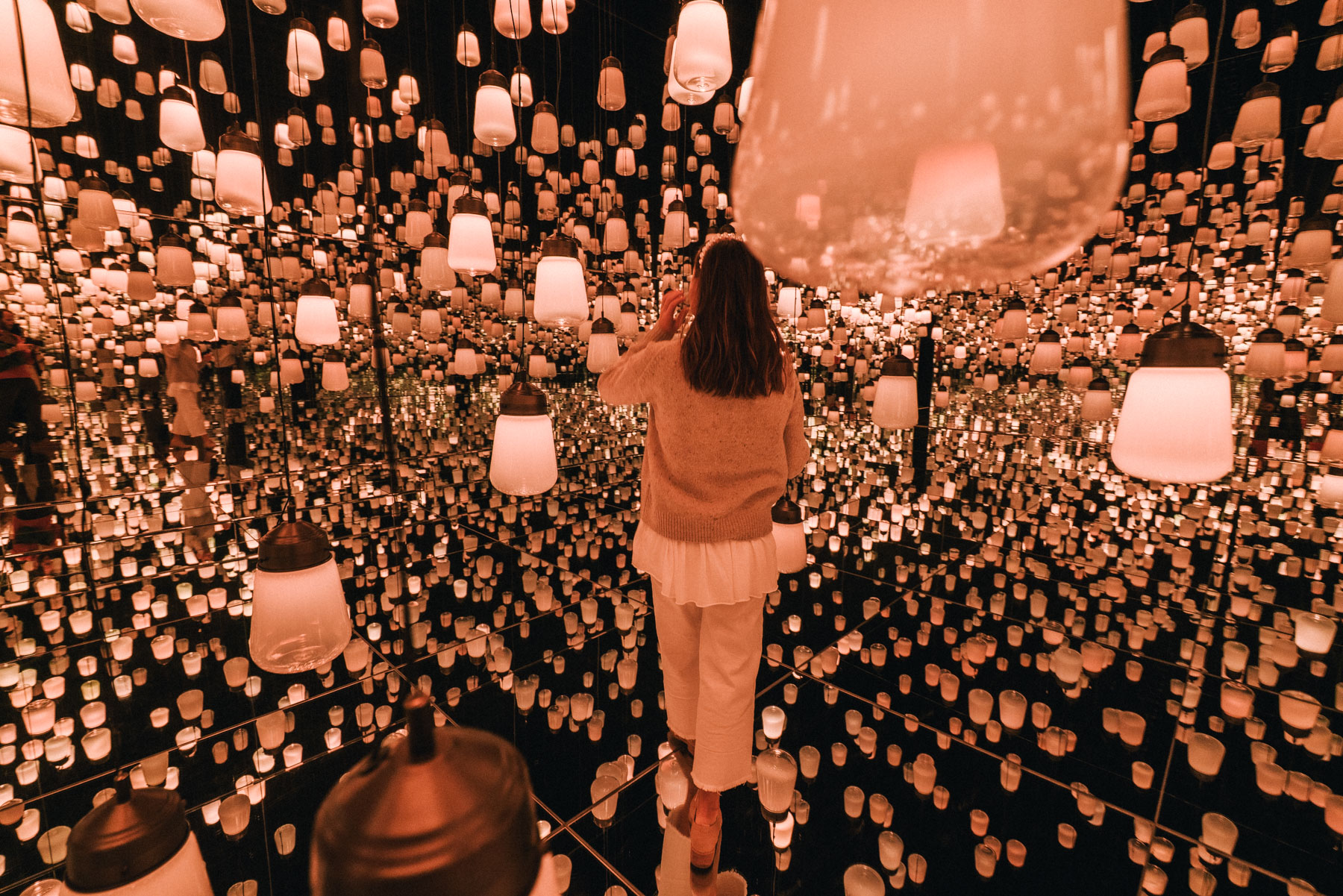
Restaurant etiquette in Japan
- Once the bill is delivered to your table, it’s your responsibility to take it to the cashier for payment. So don’t wait for someone to return to the table and take payment.
- Remember – no tipping in Japan. Similar to Italy, many restaurants have seating fees (usually $2 – $6/per person) in lieu of tips.
Power outlets in Japan
- If you live in the US, you will NOT need to purchase a power plug adapter while visiting Japan. However, you may need a voltage converter when using certain tools/appliances, here’s the exact converter we purchased.
Public transportation in Japan
- I highly recommend using public transportation while visiting Japan. Not only are trains and buses incredibly clean, they’re also efficient and on time. The bullet train is an experience in and of itself – running at 185 miles per hour, it’s one of the fastest in the world.
- Tip: Trains get crowded (and I mean crowded), especially during commute hours. This is normal, don’t keep waiting for the next one because you think there will be more room. This is an amateur mistake.
What is pocket WiFi?
Renting pocket Wi-Fi in Japan is a complete game changer! Simply put, pocket WiFi is a small device that transforms 3G/4G signals into high speed internet — at a fraction of the cost most US cell carriers charge international tourists.
For a comprehensive guide about pocket wifi in Japan, read: How Pocket Wifi Saved Us $120.
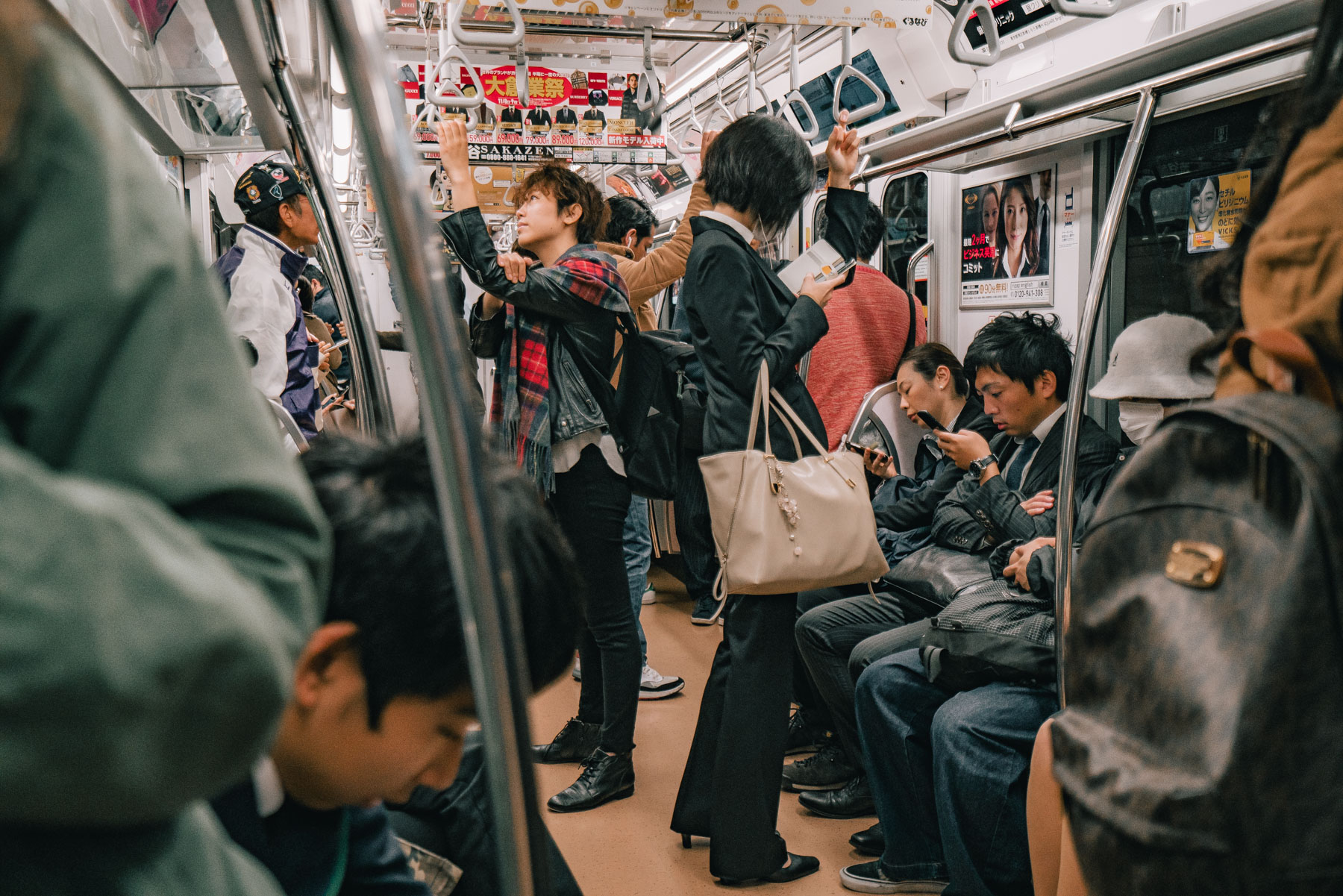
Should you purchase the Japan Rail (JR) Pass?
We purchased the JR pass after much research and were glad we did. At $288 per person, the cost of the pass is expensive, but it allowed us to visit Tokyo, Kyoto, Osaka and return to Tokyo. The pass was worthwhile because our trips would have been more expensive out of pocket.
Worth noting: The JR Pass is active for 7, 14, or 21 consecutive days. We didn’t activate ours for the first two days to get the most use out of it.
Ordering the JR Pass
- To order the JR Pass, simply use this link. A voucher will be mailed to your home address within 2-3 business days. Take the voucher with you to airport in Japan to activate the pass.
Activating the JR Pass
- To activate the pass, go to any JR office (located in most airports). You will need to show your passport and your Japan Rail voucher. After verification, you must select your activation dates (up to 30 days following the exchange date). When you tell them the dates, they print them on the pass and viola! You’re good to go.
Seat reservations
- Seat Reservations are necessary for long distance trips and can be made in advance, free of charge. Visit the JR office at the station you plan to depart from to be assigned to a specific car and seat.
- If you don’t reserve a seat, the first three cars of most bullet trains are for held for passengers without reservations. But who wants to stand on a train for 3 hours? I recommend making reservations.
10 Days in Japan (Itinerary)
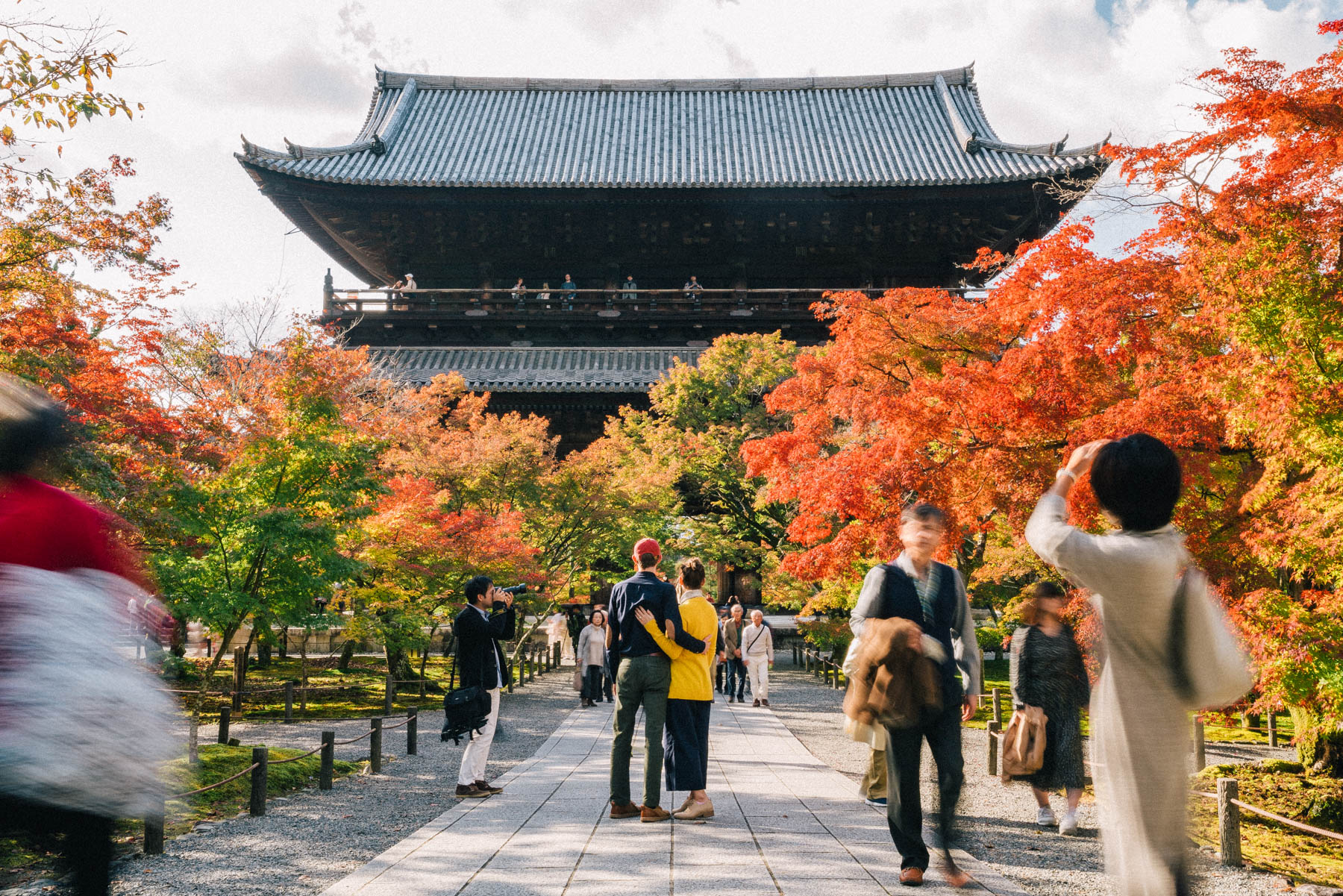
Japan Itinerary Days 1 & 2: Tokyo
Now to the fun part! First stop? Tokyo! Here’s how to get to Tokyo from the airport.
From Narita Airport:
Most international flights arrive at Narita Airport, so chances are good this is the one you’ll be flying into Narita.
- Getting to Tokyo from Narita Airport is easy because of the Narita Express. The train ride takes approximately 1 hour and costs 3,020 JPY ($30/person) one way. It is covered by the JR Pass, so if you activate your pass upon arrival, feel free to use it! Just make sure you reserve your seats before boarding!
- I do not recommend taking a taxi from the airport because they are so expensive in Japan. However, the world is your oyster and if you’d like to take a taxi, be my guest!
From Haneda Airport:
- Take the Tokyo Monorail from Haneda Airport. The ride is 15 minutes long and runs 500 JPY (around $5/person).
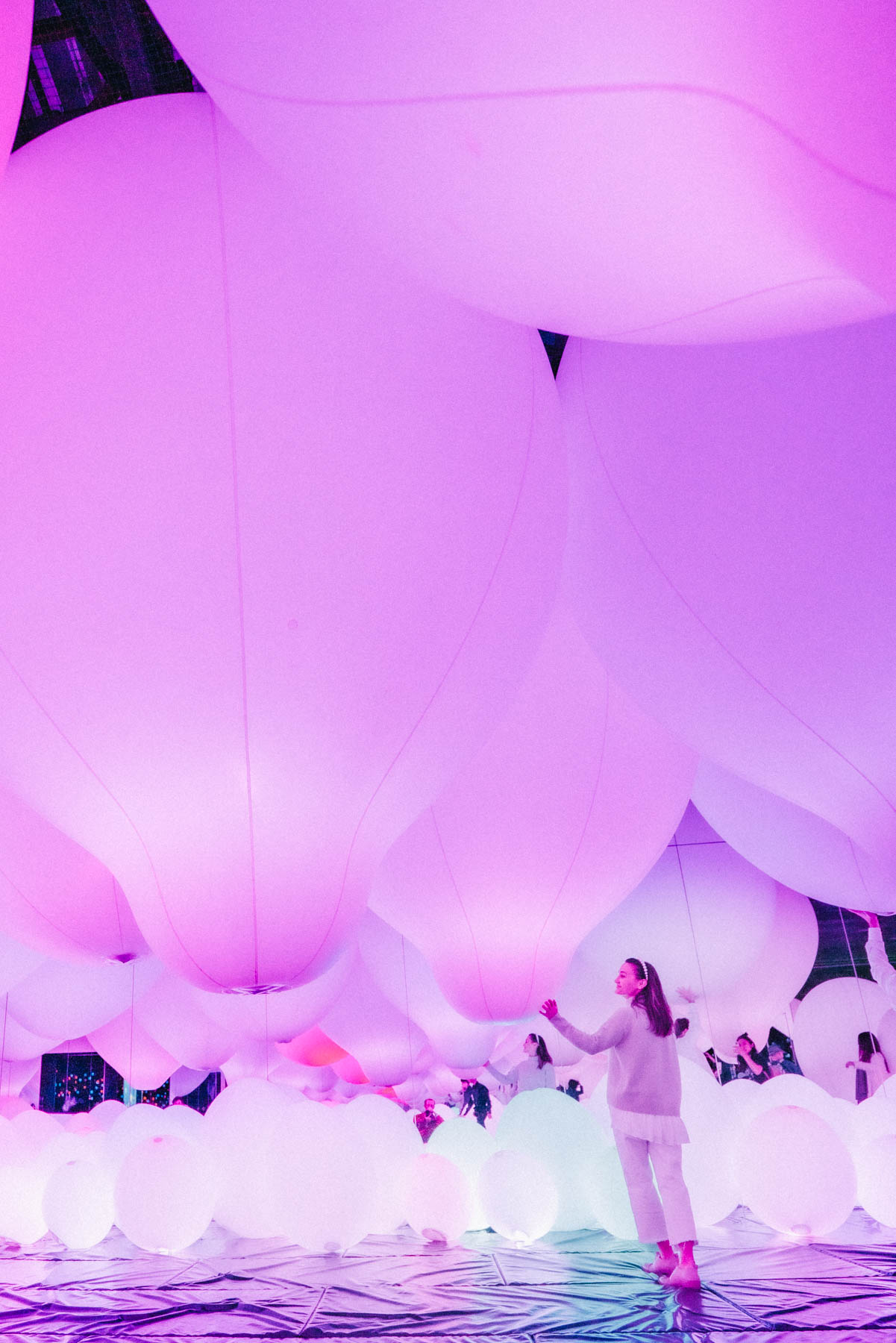
Where to stay in Tokyo
The best piece of advice I received before our trip was to think of Tokyo as a culmination of 23 small cities. Tokyo is HUGE! It consists of 23 separate wards, and each ward has several districts. This made planning a little bit tricky because as first-timers, we had no idea where to start.
After our trip, we feel confident recommending Shinjuku and Ginza for first time visitors. We stayed in both areas and enjoyed them for different reasons.
If helpful, here’s the hotel we stayed in while visiting Tokyo (we plan to stay here again during our next visit as well).
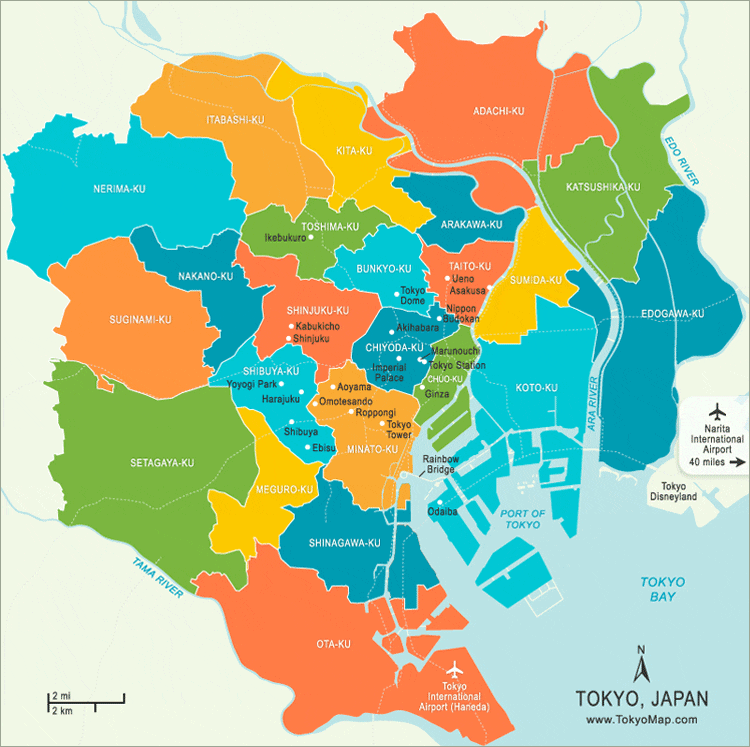
Shinjuku
- We stayed at the Sunroute Plaza in Shinjuku for 2 nights and felt that it was centrally located to everything we wanted to see. The hotel was a very clean, no-frills business hotel. Speaking of hotels, just a heads up that hotel rooms in Japan tend to be smaller than those in the US. Regardless, it was perfect for our needs.
Ginza
- Ginza reminds me of the SOHO shopping district in New York City. This area is trendy (and spendy!). You can expect to find high-end designer stores as far as the eye can see. Hotel prices are a bit higher in the Ginza district, we paid $220 for a spacious room.
Shibuya
- Shibuya is another great district worth considering. The world-famous Shibuya Scramble is the main attraction in this district. Some 3,000 people use the crossing at a time! The best place to watch folks cross is from the Starbucks at the corner. Just remember to purchase a drink first, otherwise you will be frowned upon.
Based on our experience, Shinjuku and Shibuya are great districts for young travelers/couples. Ginza is great for more sophisticated travelers because it is calmer than Shinjuku and Shibuya.
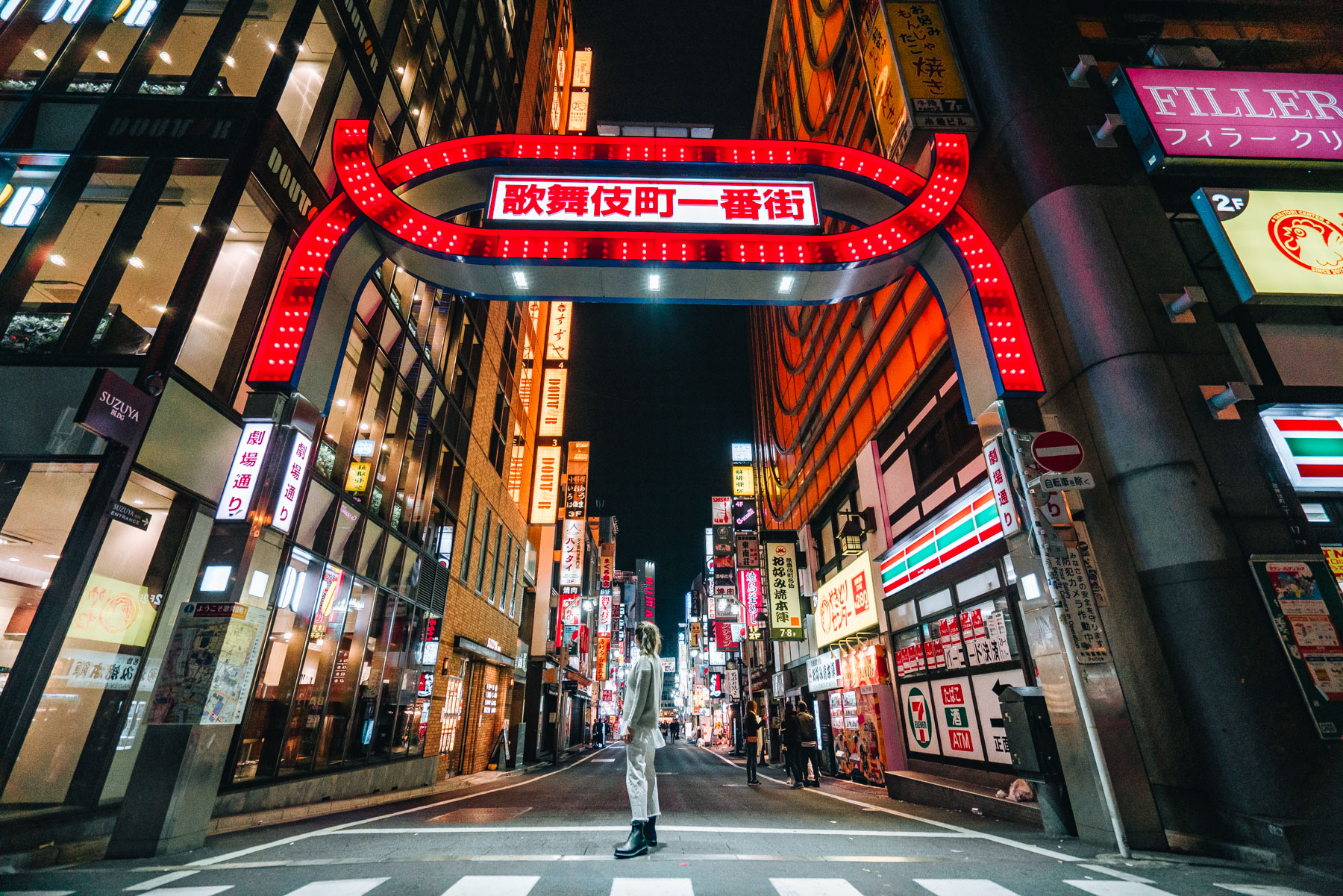
Top things to do in Tokyo
- Tsukiji Fish Market – this is the largest wholesale fish market in the world!
- Catch sunset from Tokyo Tower
- Shibuya crossing (from Starbucks or Max Park Building)
- Tokyo Metropolitan Government Building Observation Deck
- Sake tasting
teamLabs Borderless Museum
- This is the first digital art museum of its kind in the world. The experience is incredible and certain exhibits make your heart thump like crazy! Admission is $30 per person and worth every penny – seriously!
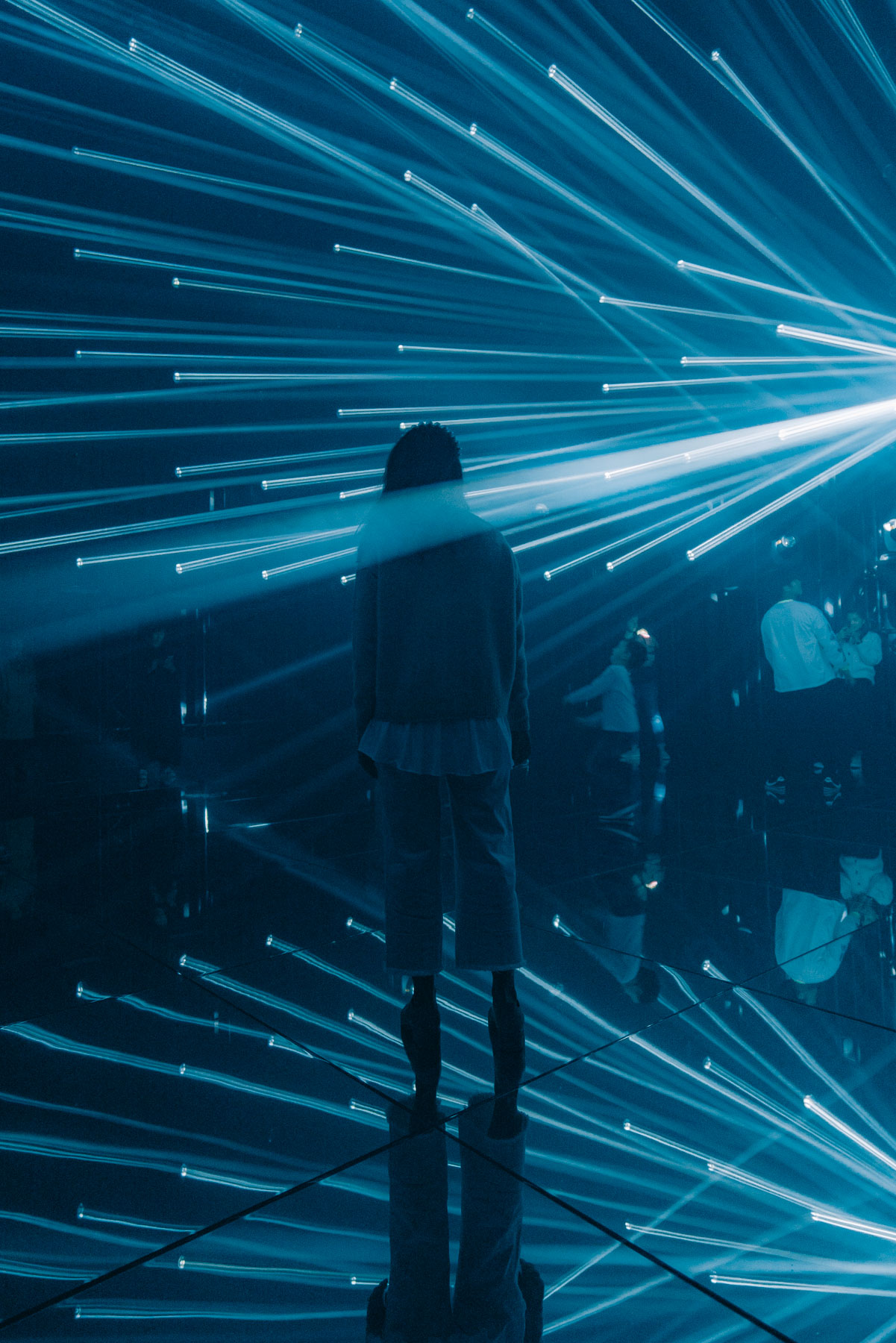

Where to eat in Tokyo
- Han No Daidokoro (Shibuya)
- Ichiran Ramen
- Fuunji Ramen
- Afuri Ramen
- Sushi Zanmai
- Sushi no Midori
Temples & Shrines we enjoyed while visiting Tokyo
- Senso-Ji Temple
- Meiji Shrine
- Zojoji (great view of the Tokyo Tower)

10 Days in Japan, Days 3-6: Kyoto
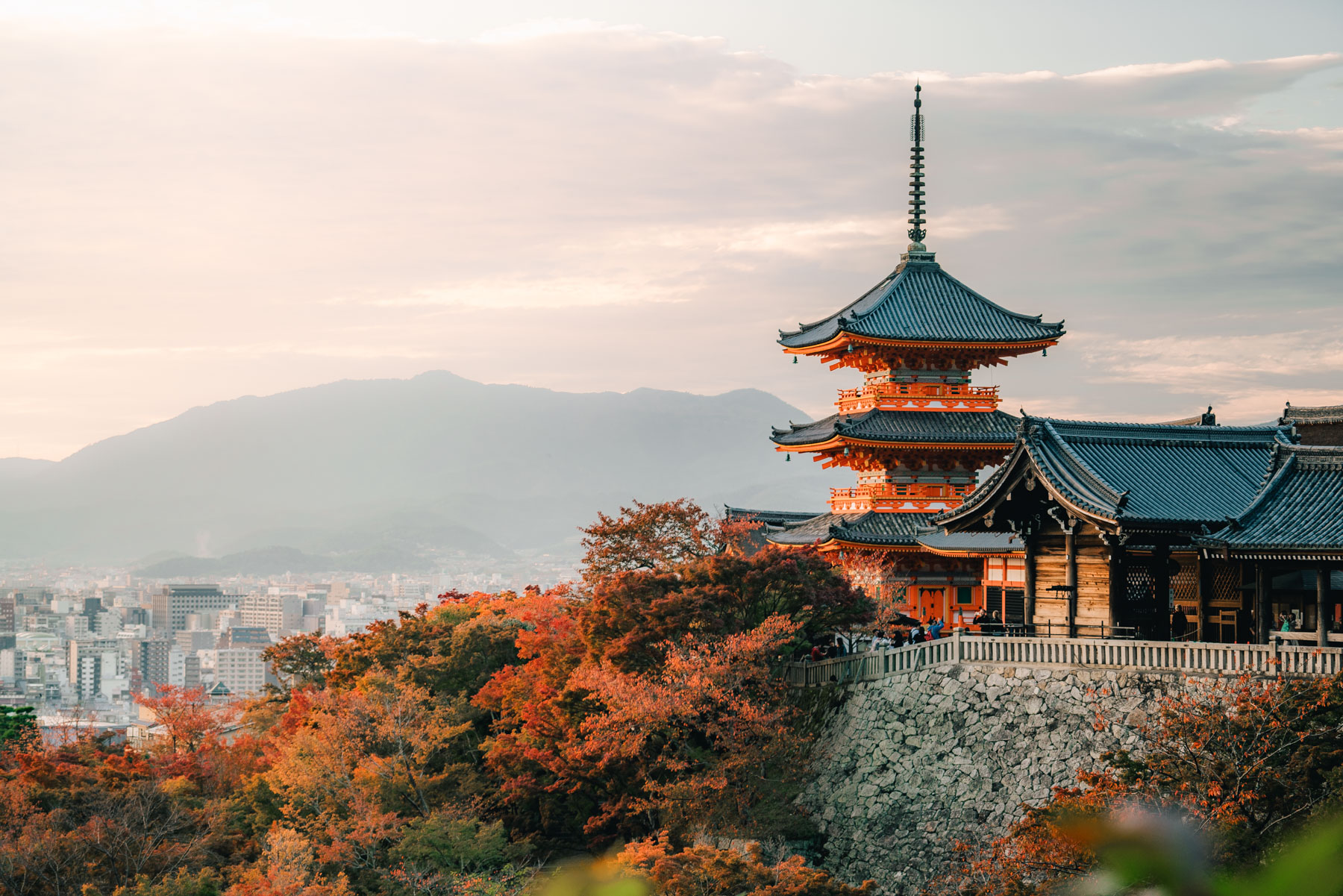
The second leg of our trip took us to the historic city of Kyoto (our favorite city from the trip). Kyoto is older than Tokyo and it shows! It’s incredibly charming and fun to explore.
We enjoyed Kyoto so much, we wrote an entire post about it. Read: Kyoto in the Fall: Top 10 Things to See.
Getting from Tokyo to Kyoto
- The bullet train is the most efficient way to get from Tokyo to Kyoto. There are three bullet trains to choose from: Nozomi, Hikari and Kodama. The JR Pass does not include the Nozomi Line, which is a bummer because it’s the fastest. But that’s okay because the Hikari Line is only 15 minutes slower and is completely covered by the pass.
Pro Tip: It is VERY important to make reservations for your trip because you will be guaranteed a seat. Seat reservations are free, simply visit the JR Office at the station before departing.
What’s the fastest way to get from Tokyo to Kyoto?
- The fastest way to get to Kyoto from Tokyo is to take the Nozami train because the ride takes a mere 2 hours and 20 minutes. As of November 2019, a one-way ticket on the Nozami runs $130 one-way, $260 round-trip. The steep price of the bullet trains is the reason we purchased the JR Pass (paid $288/each).
Where to stay in Kyoto:
- As mid-range budget travelers, we chose to stay at the centrally-located Sunroute Kyoto and can’t stop singing its praises! It was the best hotel experience of the entire trip, strangely enough it was also the least expensive. It felt like a hybrid between a super clean new hotel and a ryokan (traditional Japanese inn).
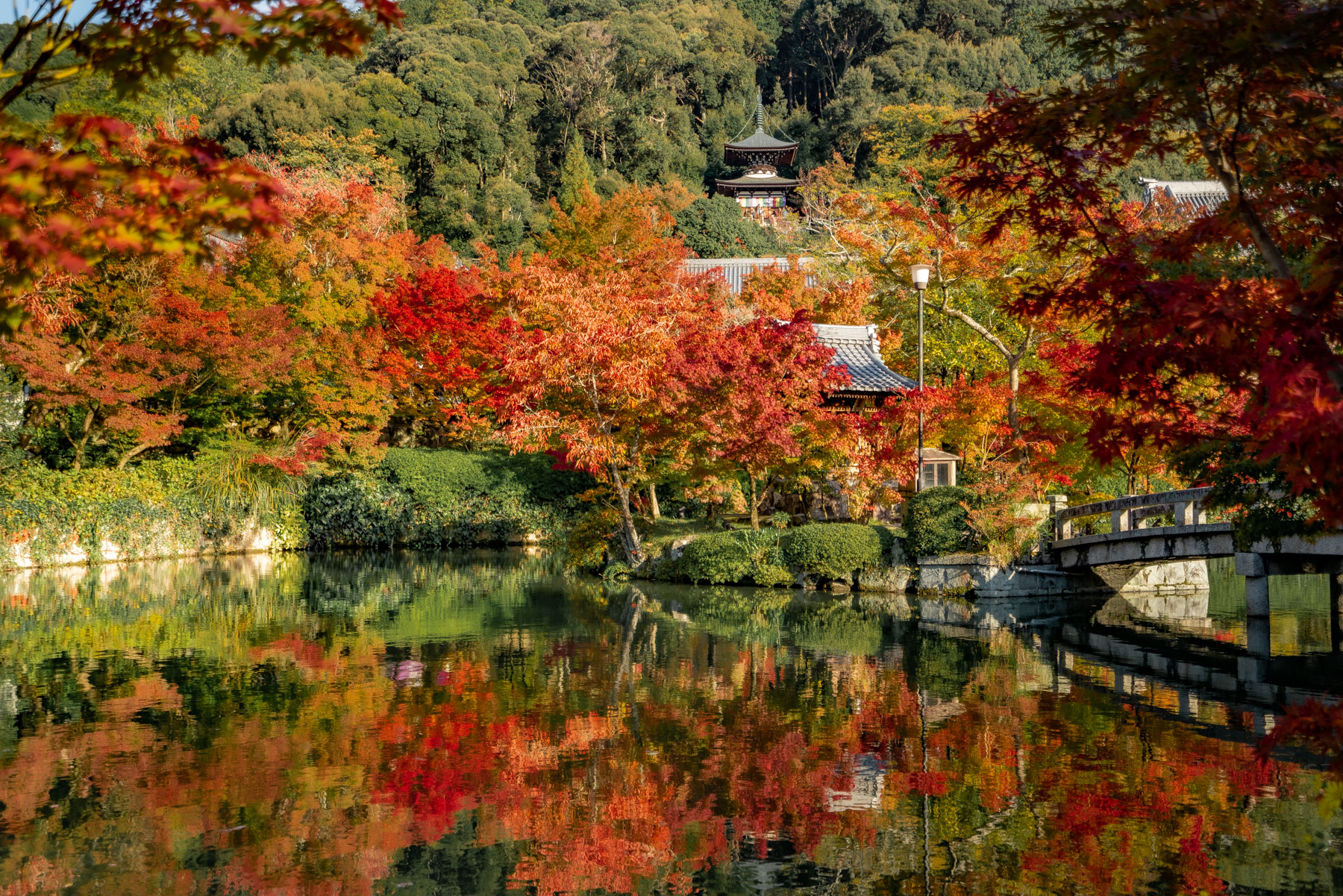
For more photos and info about Kyoto, make sure to read: Kyoto in the Fall: Top 10 Things to See. The post has in-depth descriptions of the places listed below, in addition admission hours/fees.
Things to do in Kyoto
- Arashiyama Bamboo Grove
- Gioji Temple & Moss Gardens
- Explore the Gion District
- Take the Sagano Scenic Train Ride ($10/each)
- Adashino Nenbutsuji
- Kinkaku-ji Temple (The Golden Pavilion)
- Daigo-Ji Temple and gardens
- Nanzen-Ji Gardens
- Nishiki Market
- Tenryuji Temple
- Ginkaku-ji (silver pavilion) better gardens than Golden Pavilion
- Maruyama Park, stop at Sannen-zaka & Ninnen-zaka for hand-crafted souvenirs
- Kiyomizu-Dera
- Tofukuji Temple – great rock garden
- Fushimi Inari Shrine (Golden Gates)
- Tower of Yasaka (Kyoto famous tower)
- Eikando Temple
- Participate in a traditional tea ceremony at Camellia Tea Ceremony
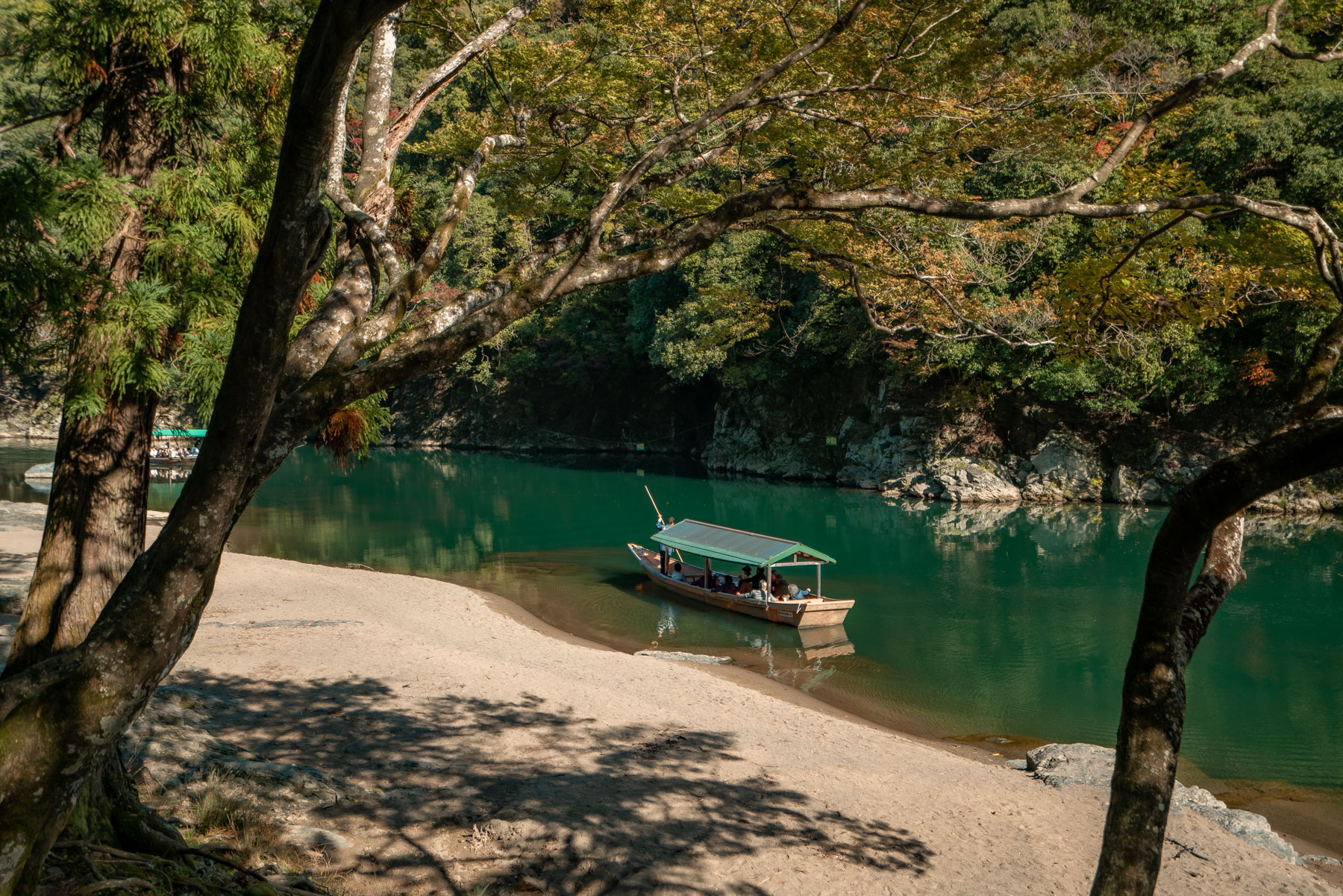
Where to eat in Kyoto:
- Pontocho Alley
- Gion K
- Kichi Kichi
- Seafood Place
- Kyoto Kitcho
- Hachidaimi
- Sushitetsu
- Komefuku
- Kagizen Yoshifusa
- Gion Takama
- Yakiniku Hiro
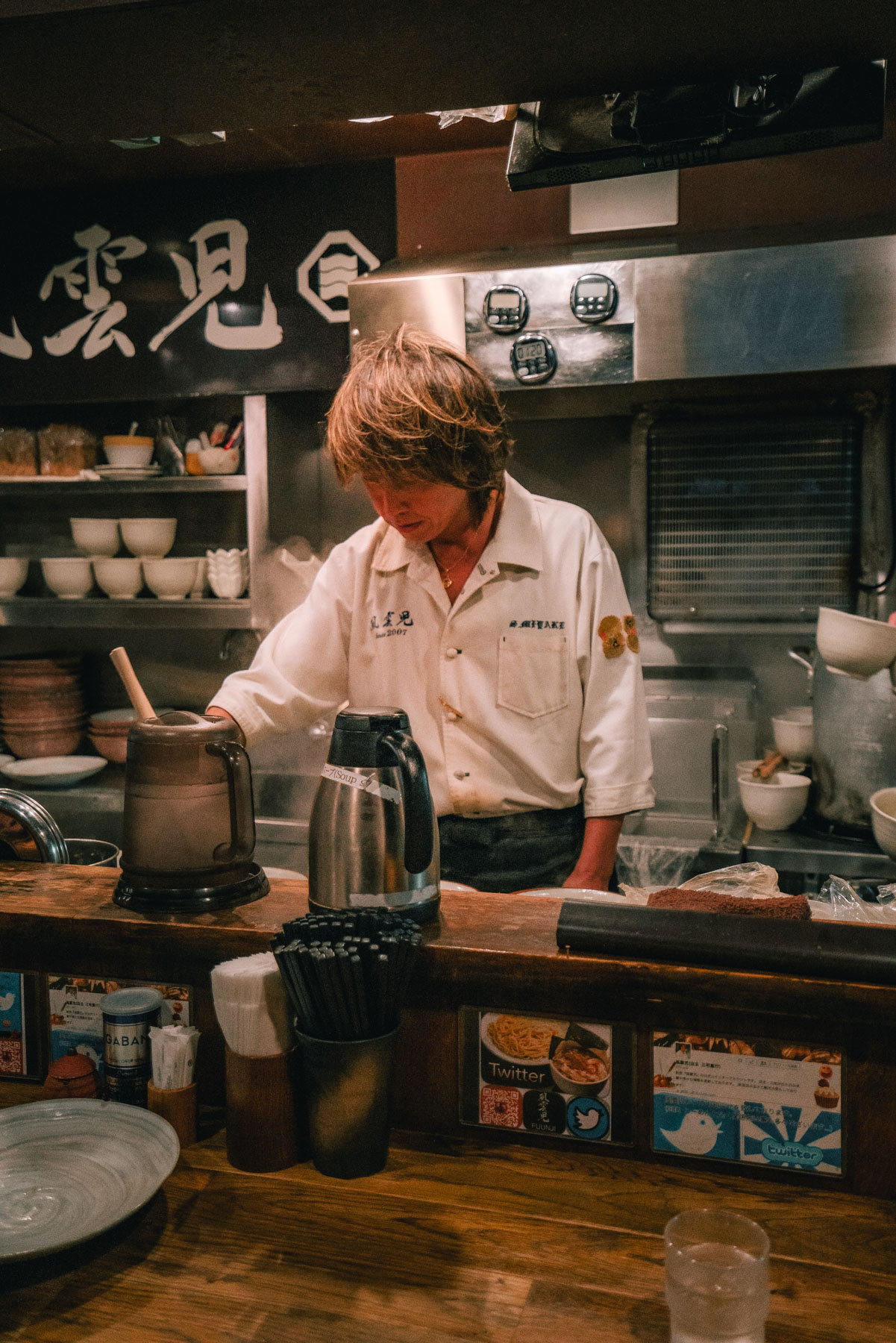
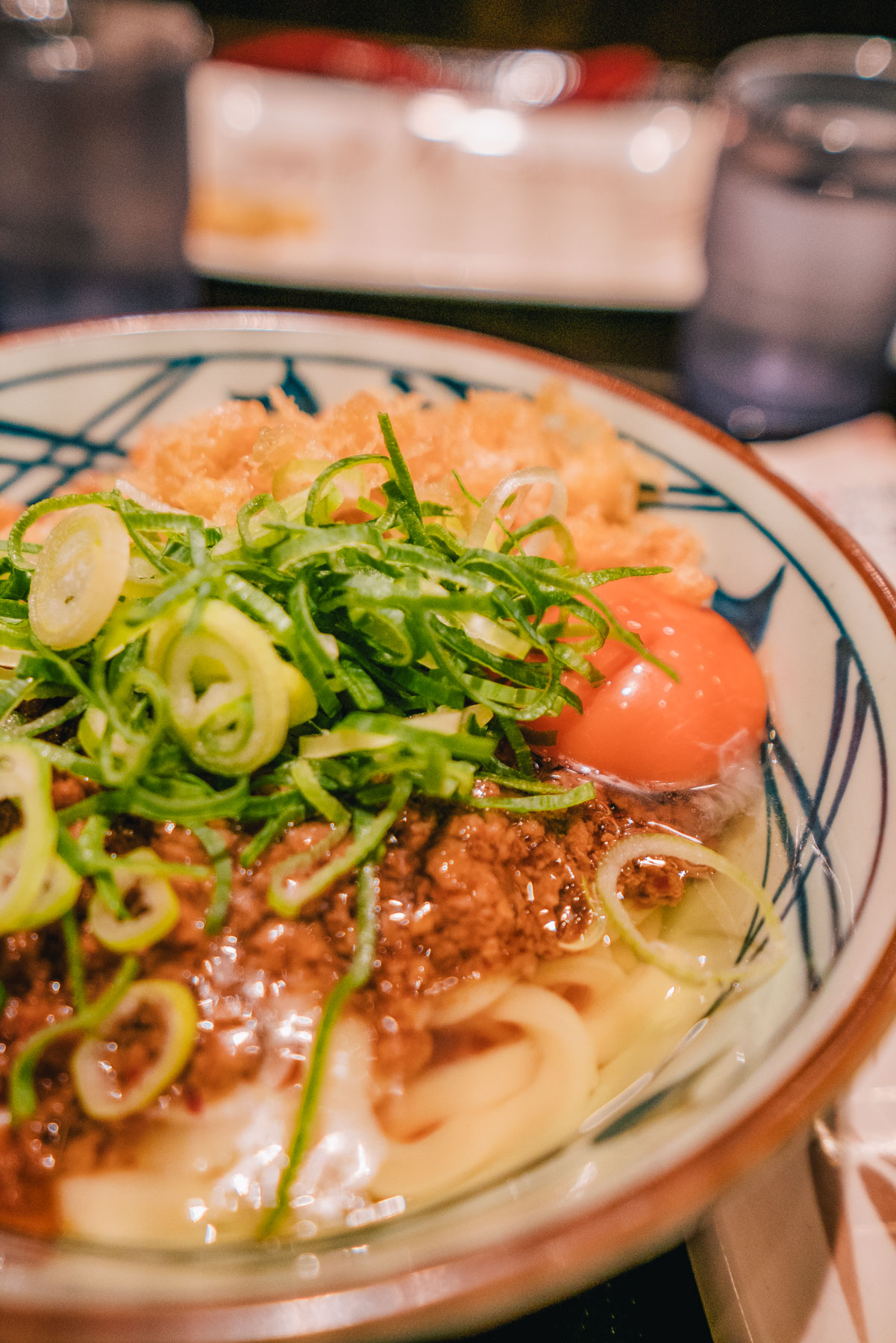
Visiting Japan for 10 Days, Day 7: Osaka

Osaka is often referred to as Tokyo’s tamer and kinder cousin. We suggest making the time to see Osaka while visiting Japan to soak in the unique feelings each city exudes. Plus, it’s a food lovers dream and who doesn’t love food?
Getting to Osaka from Kyoto:
- Take the Hikari train (covered by the JR line), the ride from Kyoto takes a mere 15 minutes.
What to do in Osaka
Osaka occurred towards the end of our trip and between the overwhelming excitement and fatigue, we took it very easy and focused on two things:
- Explore Dotombori. This area felt a tad like Vegas to me. Think bright lights on massive buildings vying for your attention (photo above).
- Visit Osaka Castle. This is a must while visiting Osaka.
Where to eat in Osaka
- Our favorite meal was from Fukutaro, we had Okonomiyaki (a signature egg omelette dish). But come early because the lines start to form quickly!
10 Days in Japan, Days 8 & 9: Return to Tokyo
Returning to Tokyo from Osaka:
- If using the JR Pass, the train from Osaka to Tokyo is about 3 hours long. If taking the Nizomi Train (not included in the JR Pass) the trip will take 2 hours and 30 minutes.
Once you reach Tokyo, I suggest exploring a new district, revisiting a favorite restaurant and/or picking up some souvenirs.
Souvenir Ideas
- Why not pick up something iconically Japanese like chopsticks, ceramic vase, tea set, tea cups, Japanese tea, sake and/or sake cups.
- We randomly stumbled across an antique market our last day in Tokyo and spent 3 happy hours exploring the stalls. We purchased most of our souvenirs from locals and it felt good!
Returning to Narita Airport from Tokyo
- Learn from our mistake. The JR Pass covers the Narita Express and that line will take you directly to Narita Airport in one hour. Just remember that reservations are required. We did not make reservations and could not get on the Narita Express. Instead, we had to wait 30 minutes for the some other train, which took 1.5 hours.
Customs & Immigration at Narita Airport
- Possibly the best experience we’ve ever had going through customs and immigration occurred at Narita Airport. From start to finish, the entire process took 30 minutes, I kid you not.
- Narita Airport uses facial recognition to scan passports and the lines move quickly. In fact, when we arrived, there wasn’t even a line. Talk about efficiency.
- Regardless, I suggest showing up 2-3 hours before your flight so you don’t feel rushed. Plus, there are plenty of restaurants at the airport, sit down and enjoy your last tasty Japanese meal.
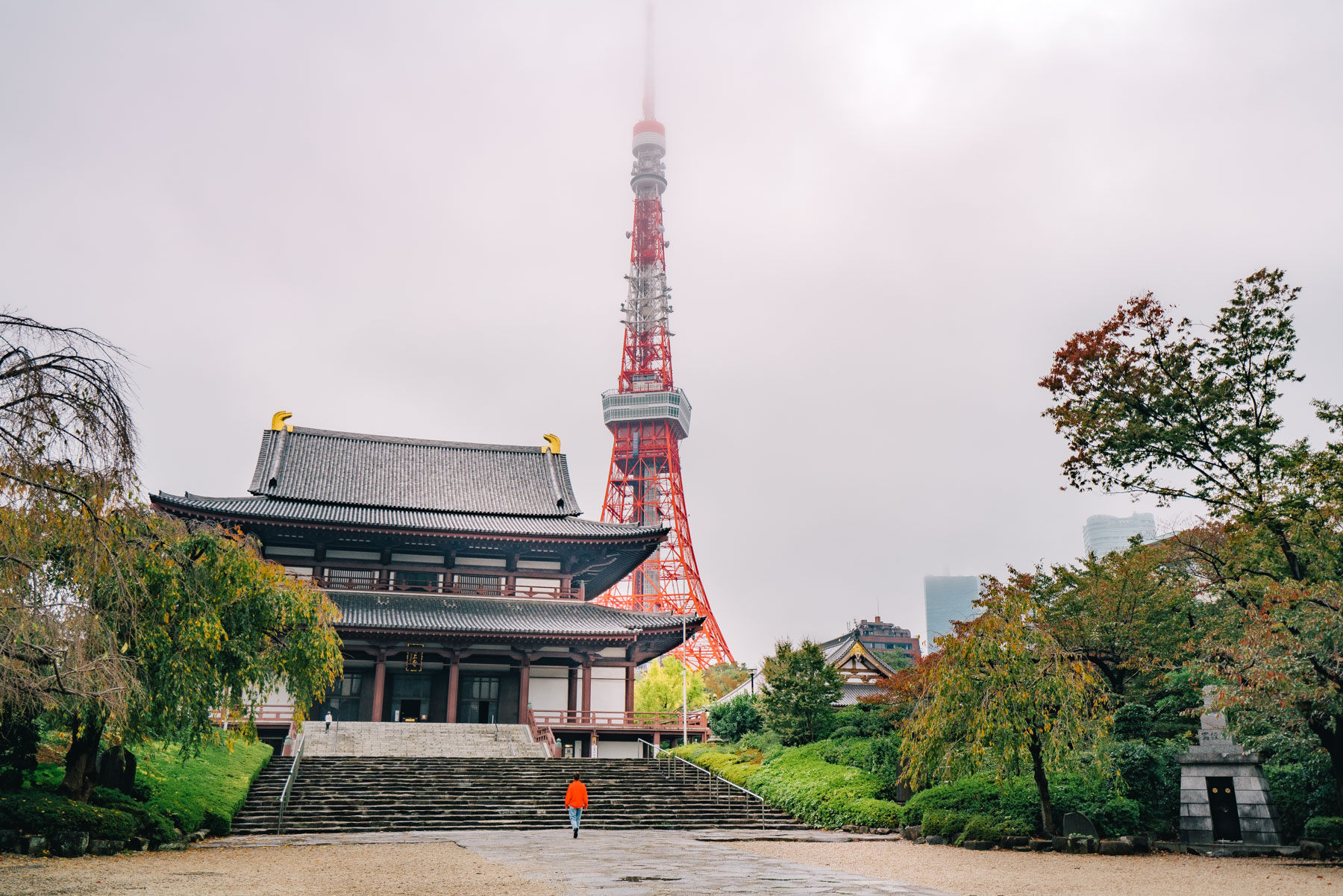
Complete Guide to Japan: The Expense Report
This is what 9 days in Japan cost for 2 adults, including airfare, lodging, food and miscellaneous expenses.
Flights
- $1,120 ($560/each), direct/round-trip flights between Portland and Tokyo.
Train fare:
- $576 ($288/each) 7 days unlimited train fare.
Hotels:
- $1,104 (8 nights at 4-star hotels)
- 2 nights Shinjuku: $312
- 4 nights Kyoto: $460
- 1-night Osaka: $105
- 1-night Ginza $227
Food:
- $700. We set a $500 food budget but our eyes went wild – ha. We’re completely okay going over budget for the delicious food in Japan, no regrets in this department.
Experiences:
- teamlabs Museum: $60
- Tea ceremony in Kyoto: $60
Misc.
- $58 pocket WiFi
- $60 various admission fees
- Souvenirs $100
Total cost for 9 days in Japan, including airfare: $3,838 ($1,919 per adult).
Whew – That’s a lot of information to absorb! If you have any questions about this complete guide to Japan, please don’t hesitate to reach out with questions!
Complete Guide to Japan, Complete Guide to Japan
Sayonara,
Antonina
Etiquette Tips for Visiting Japan
Where to begin? Embrace the unique culture of Japan and try to appreciate the differences rather than forcing your customs on locals. Japan is all about consideration and respect, keep these things in mind:
- Do not tip at restaurants. In Japan, this practice is considered rude and unexpected. It may confuse the waiter and leave them running after you to return the change. Yes, really.
- Give and receive things with two hands. This includes cash, cards, merchandise, tickets, etc. Additionally, use the tray provided when making payments. There’s almost always a tray by the cashier specifically for this purpose.
- Learn basic phrases — it goes a long way.
- Hello = kon’nichiwa
- Please = onegaishimasu
- Thank you = arigatogo
- How much? = ikura
- Cheers! (when drinking) = kanpai
- Do not talk on trains, out of consideration and respect for those around you. All of our train rides (with the exception of one) were spent in complete silence. The young couple chatting up a storm stood out like a sore thumb.
- Don’t eat or drink while walking, sit down to enjoy your meal or snack. Signs are posted throughout the city (especially next to street food vendors) reminding visitors that drinking and eating on the streets is prohibited.
- Blowing your nose in public is considered rude, chances are good you won’t hear anyone do it.
- Walk on the left side of the street. In most countries people walk on the right, but in Japan you walk on the left. To keep traffic flowing smoothly stay left.
- No jaywalking, this could be dangerous especially in busy intersections. If someone catches you moving out of the corner of their eye, they may assume it is safe to cross.
- No littering. Trash cans are very hard to come by and yet, you won’t find litter anywhere! If the lack of trash cans worries you, simply carry a small bag with you.
- Wear shoes that are easy to take on and off because shoes are removed when entering homes, temples, and some restaurants.
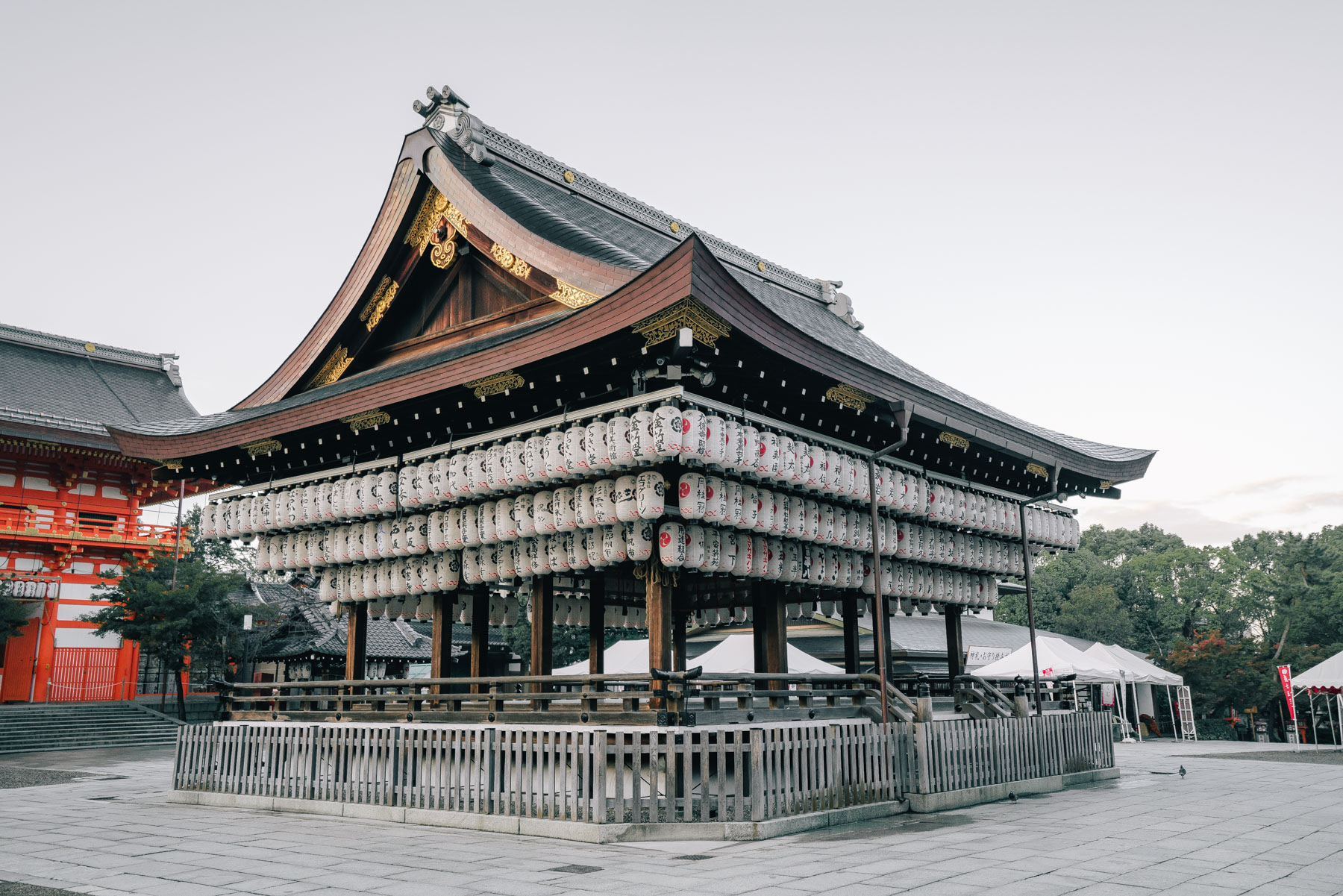
pin for later
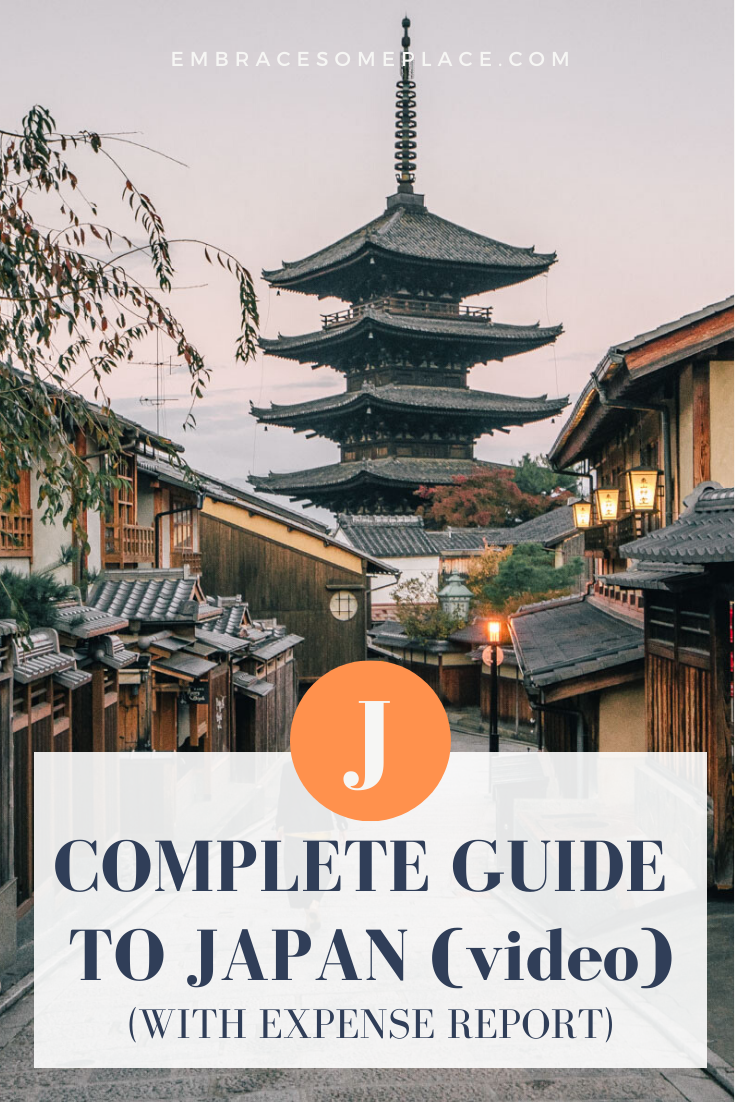


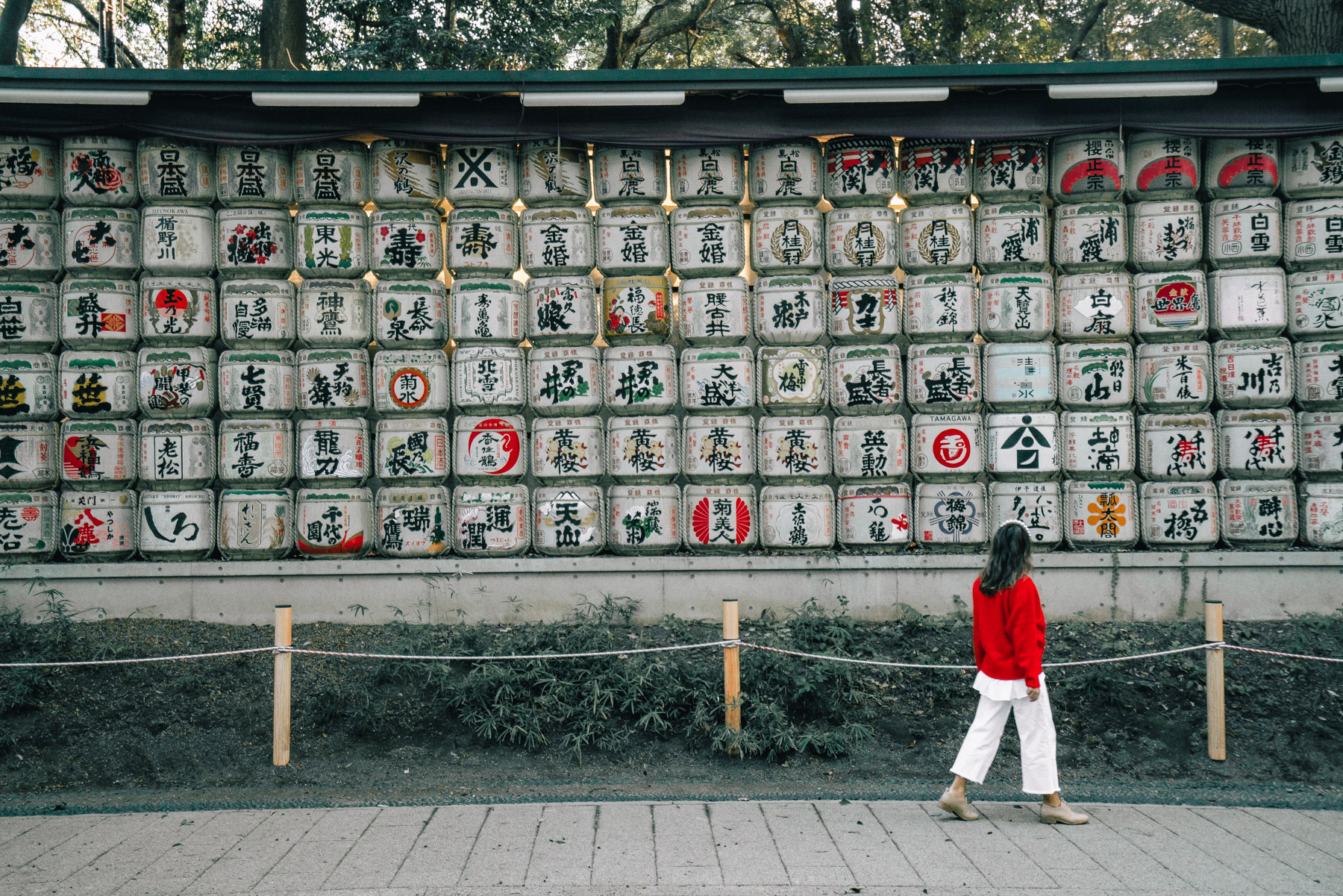
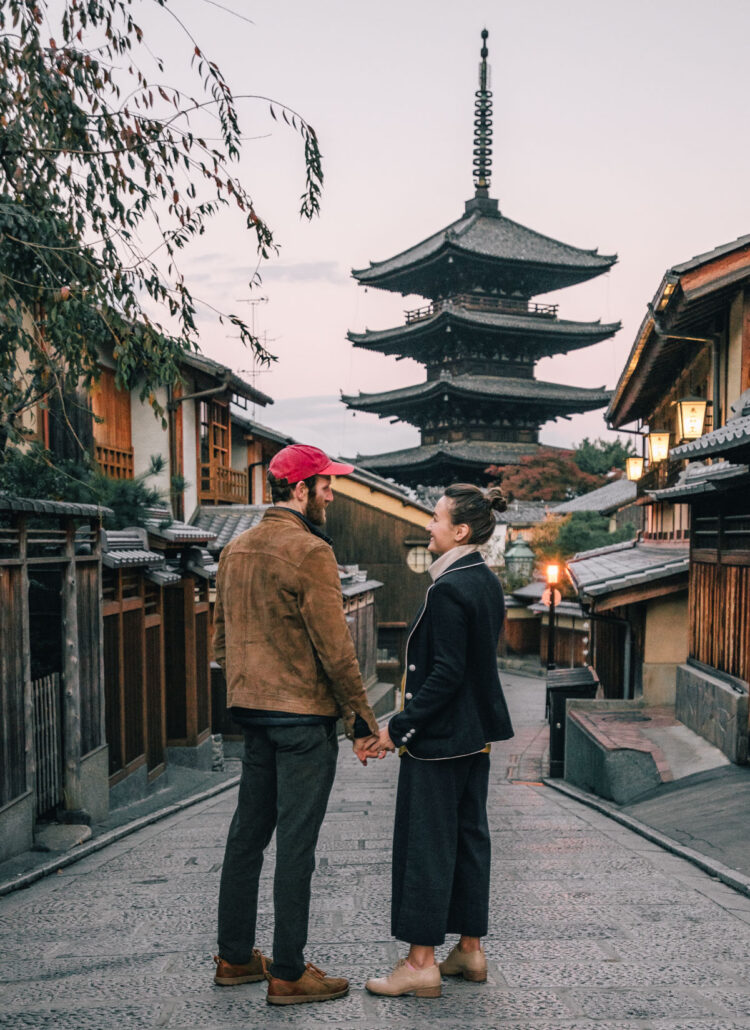
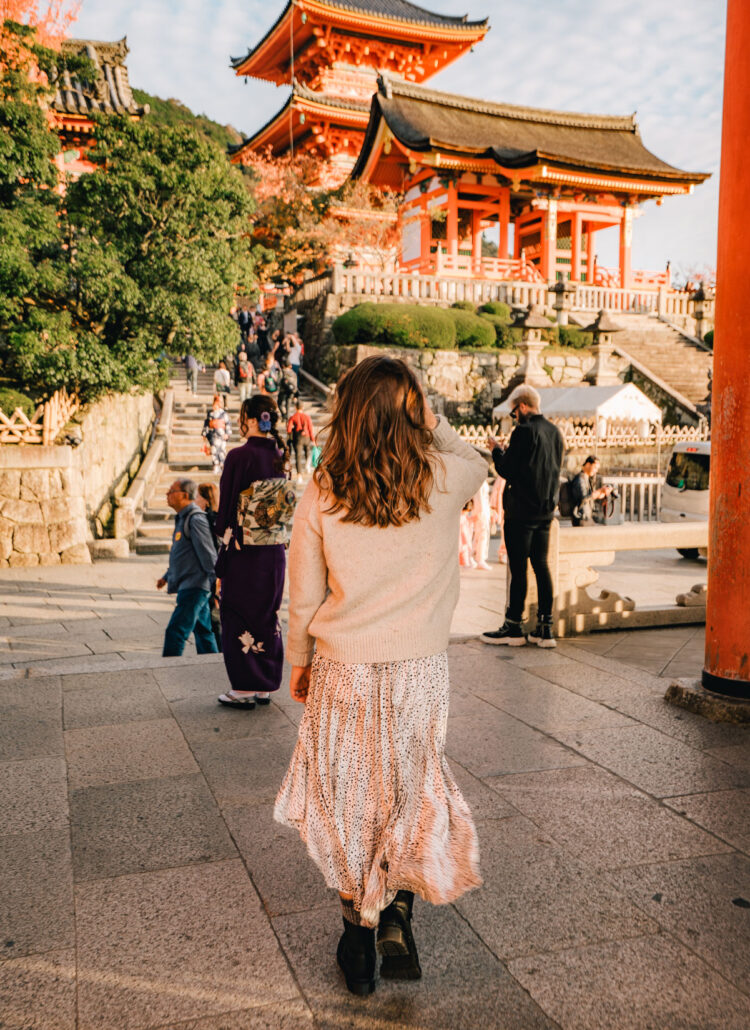
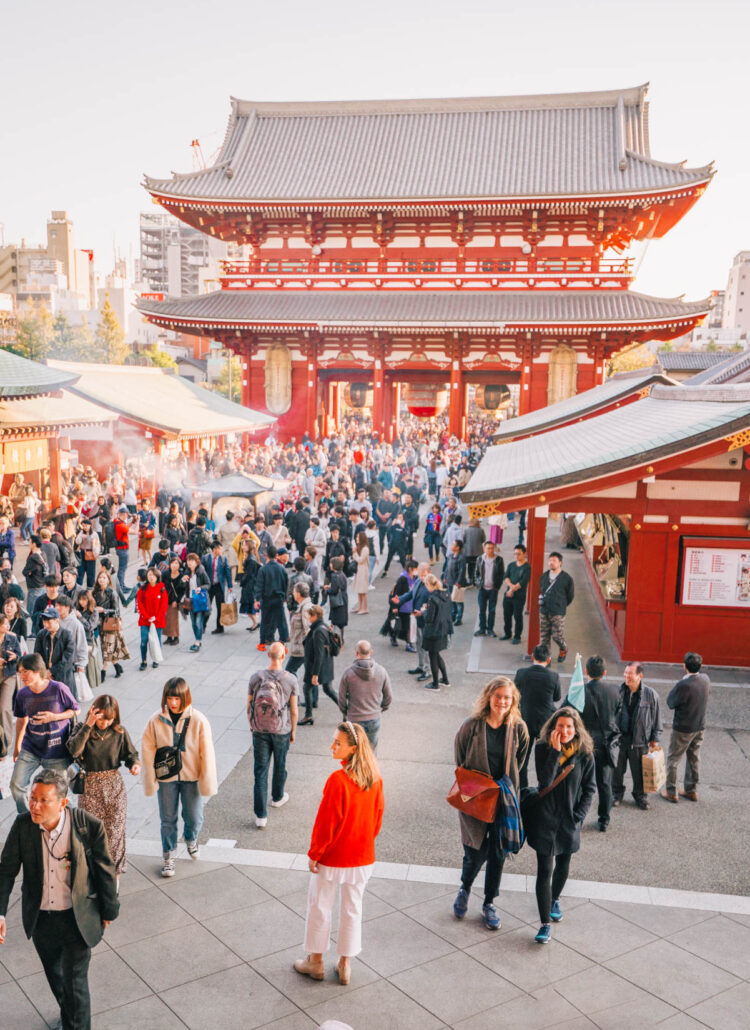

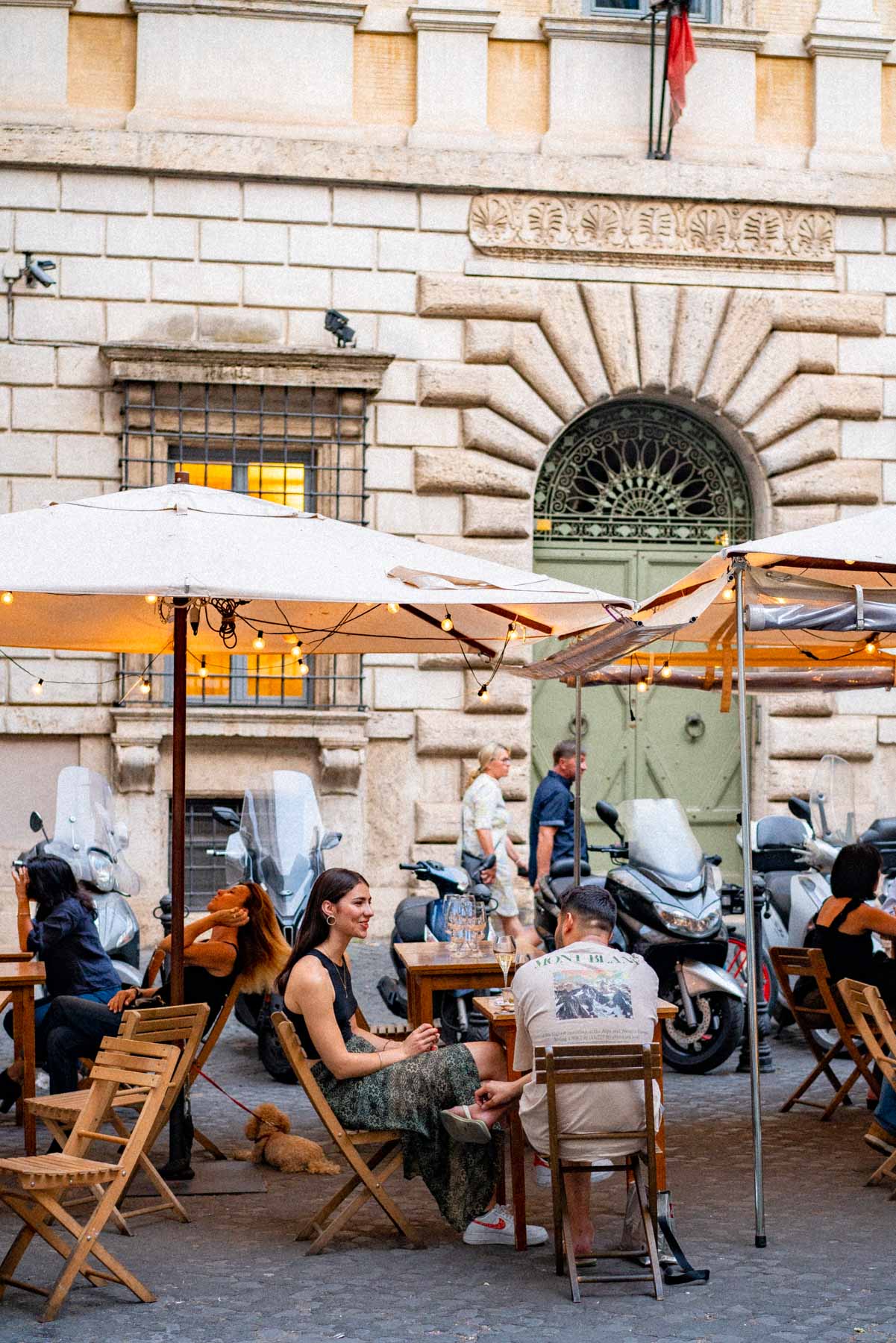
Super helpful, thanks for sharing all these tips and beautiful photos!!
Thanks so much for your sweet comment, Evelyn! I’m glad you found the post useful.
Your expense report is SO, SO, SO helpful! Thank you!
I always assumed that Japan was too expensive to visit, but this makes it seem more possible.
Thanks for sharing the tips as well.
– Rory
I’m so glad to hear you found the expense report helpful! We also assumed visiting Japan was going to be so expensive, but we were able to keep it reasonable.
Don’t hesitate to reach out with questions!!
Excellent!!!! Clear, lots of informatiom , practical and very useful as we plan our trip.
THANK YOU!!!
M T
Hoping to go next October! Thanks for all the helpful info 🙂
Many thanks for the very helpful information…!!!
Plan to have a Spring holiday on April this year.
What time of year did you visit ?
Where did you stay in Osaka? Looking for some recs!
This is fantastic!!! The time and energy you pou into this is absolutely incredible and so appreciated!!!!
This is beyond helpful! One question – how did you score such inexpensive flights?! I’ve been looking from Seattle, and one person is over $1,200! Any secrets you have is helpful!
This is amazing!! Planning a trip to Japan anc this is very helpful guide.
Hi there, I’m just wondering, you bought only 7 days JR pass, but the trip is 9 days. do you buy day pass on the first days at Tokyo?
Hello Tira,
I didn’t need to activate/use the pass the first 2 days while exploring Tokyo. I activated it when I was within the 7 day window to get the most use from the pass. Hope that helps!